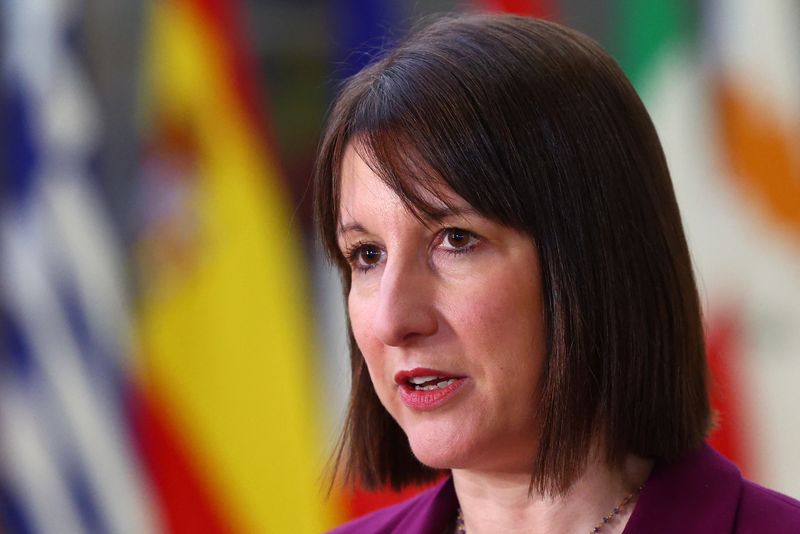
By Andy Bruce
(Reuters) – British government bonds rallied for a third day running on Friday, all but wiping out a sharp spike in yields since the start of the year that had briefly prompted comparisons with former Prime Minister Liz Truss’ “mini-budget” crisis of 2022.
Yields across the range of gilt maturities had fallen by around 6 basis points on the day as of 1200 GMT, pushed lower by figures showing an unexpected fall in British retail sales in December that added to a run of lacklustre economic data.
The 10-year gilt yield stood at 4.622%, on track for its biggest weekly fall since July and down 30 basis points from a peak hit on Jan. 9 of 4.925%, which was its highest yield since 2008.
Last week’s lurch higher in yields was spurred mostly by shifting U.S. markets, but it put pressure on finance minister Rachel Reeves because it raised the risk that she would not meet her own fiscal rules without further tax rises or spending cuts.
On Wednesday, Britain’s opposition Conservative Party said Reeves did not have the confidence of the market, citing the moves in bonds.
But the gilt market has rallied over the last three days, in part due to downbeat economic data – with retail sales sliding unexpectedly in December – and the increasing likelihood of a Bank of England interest rate cut on Feb. 6.
The 10-year gilt yield has now increased only 5 basis points since the end of 2024 – meaning it has outperformed the equivalent benchmark bond from every other Group of Seven advanced economy bar the United States.
However, 10-year yields are still around 0.35 percentage points higher than when Reeves delivered her first budget on Oct. 30, which set out plans for higher taxes and greater borrowing to fund investment.
Thirty-year gilt yields – which bore the brunt of the selloff and touched their highest since 1998 on Monday at 5.472% – are now just 6 basis points higher than at the end of 2024 at 5.17%.
Investors on Friday priced in 68 basis points of interest rate cuts from the Bank of England by the end of the year – or between two and three 0.25 percentage point reductions – compared with fewer than 50 bps earlier in the week.
“We still think this is on the low side – we continue to forecast 100 bps of cuts,” said Andrew Goodwin, chief UK economist at Oxford Economics. “If we’re proven right on Bank Rate there’s still scope for yields at the longer end to fall.”

